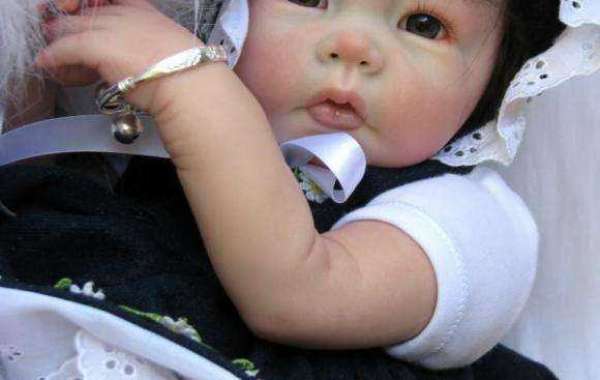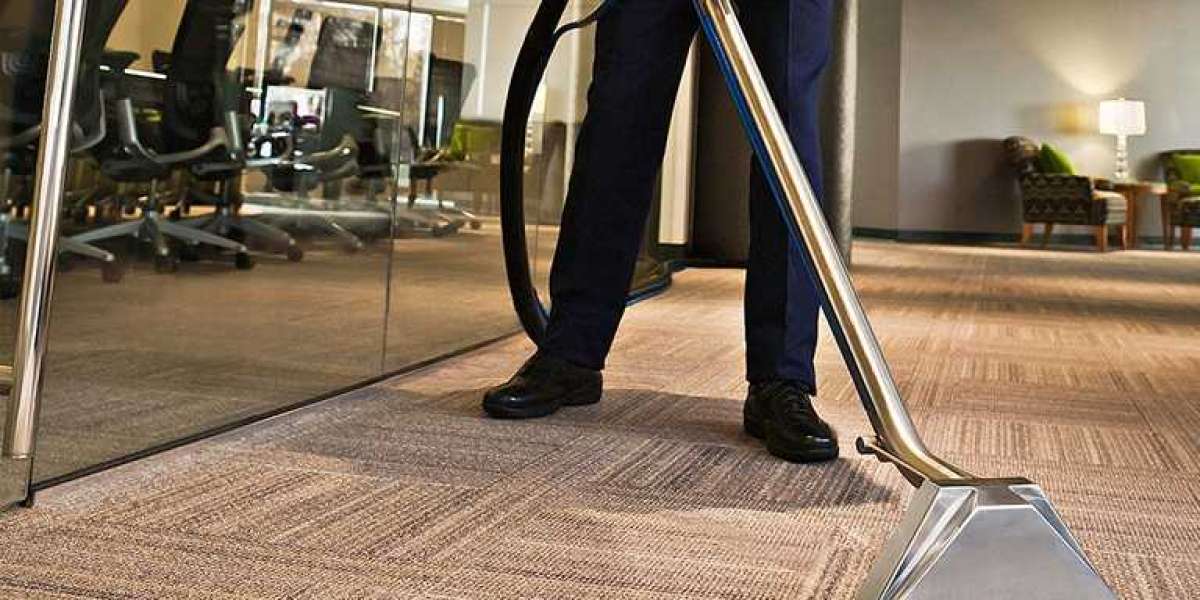Tiny heads hang from the ceiling of Silvia Heszterenyiova's small workshop while small arms and legs bake in ovens on the bench.
Key points:
- Doll collecting remains a popular pastime, aficionados say, especially in the online world
- One doll maker in NSW says people collect dolls for various different reasons, including to relive the feeling of having a newborn child
- Interest in physical museums may be dropping, according to one collector, but an auctioneer says demand remains strong
They're not human, of course — they're doll parts, made of vinyl and delivered in a kit from the United States to the doll maker in Junee, in the New South Wales Riverina region.
"It's my job to bring them to life," Ms Heszterenyiova said.
It's a painstaking process that takes her weeks.
"I need to paint them and bake them, again and again, until their skin, their veins and their nails look like a real human's," Ms Heszterenyiova said.
"Then each strand of hair is done separately by needle.
"It takes a long time, but it's amazing how every day they look more and more real."
Ms Heszterenyiova starts with doll pieces sent to her in a kit from the US.(ABC Riverina: Rosie King)
So real, in fact, that when Ms Heszterenyiova is in public with one, she's often stopped by strangers keen to admire what they believe is a real child.
"Sometimes I take my dolls to the shopping centre so I can buy clothes or shoes for them," she said.
"People will stop and say how beautiful they are and ask how old they are.
"I have to explain to them that they're not real.
"I've even heard stories about customers leaving their doll in the car during summer and people breaking their window to rescue what they think is a real baby."
"Reborn" dolls are designed to be as realistic as possible.(ABC Riverina: Rosie King) Varied paths lead to purchase
Ms Heszterenyiova's creations are known as "reborn dolls" — lifelike creations that weigh as much as a real child and come with a "birth certificate".
They can cost as much as $1,000.
"Many of my customers have lost children and want me to create a replica, or can't have children and want a reborn doll instead," she said.
"Sometimes they're women who have children but want to keep the memory of having a newborn, so they send me all the details – length, weight, a photograph, and sometimes their child's real hair – and I make one of my dolls to look like their daughter or son."
Ms Heszterenyiova's customers include women who want to relive their memories of having a newborn baby through a doll.(ABC Riverina: Rosie King)
Ms Heszterenyiova's obsession with dolls began seven years ago when she started working as a reborn artist.
She's since collected more than 12,000 from all over Australia and the world, about 8,000 of which are on display in a museum next to her workshop.
"The rest are in boxes," she said.
A whole corner of Ms Heszterenyiova's Monte Christo Doll Museum in Junee is dedicated to nightmare-inducing dolls.(ABC Riverina: Rosie King)
But it's not just lifelike or pretty dolls that make Ms Heszterenyiova's heart flutter — a whole section of her museum is horror themed.
Some of the dolls she's most proud to have made are enough to give anyone nightmares.
"They're all cute to me, even if they have spooky eyes or little zombie teeth or look like tiny ghost babies," she said.
"Where my nice babies come with a birth certificate, these come with a death certificate and people can make up a story about how they've died."
Ms Heszterenyiova has sold a number of spooky dolls to customers across Australia.(ABC Riverina: Rosie King) An expensive addiction
Ms Heszterenyiova doesn't know exactly how much money she has invested in her collection but said it was "enough to buy a house".
Mary Holden, the founder of the Gerogery Doll Museum north of Albury, can relate to that.
Now in her 80s, she's been collecting dolls since the 1990s.
Mary Holden has been collecting dolls for decades and says she's run out of room at her museum.(ABC Riverina: Rosie King)
"It's a disease, it's in your blood," she said.
"It's like Kiwi boot polish — once you start, you've got to keep on, keeping on collecting.
"But deep down, I just absolutely love it.
"It keeps me occupied to look at them, clean them and look after them, and I never, ever get lonely."
The Gerogery Doll Museum is housed in a small Catholic church that Mary Holden bought in 1972.(ABC Riverina: Rosie King)
The museum was never meant to be a money maker for Ms Holden, but rather a way for her to share her passion with others — but the number of fellow enthusiasts seems to be on the wane.
"I don't get many visitors at all anymore, it's a shame really," Ms Holden said.
"Kids don't seem interested in dolls because there's too much electric stuff now.
"A few grannies would bring their grandchildren in and they'd just be texting — that tells you something."
All of Ms Holden's dolls were bought at fairs and auctions, where she garnered a reputation as "the vulture" for her dogged tactics of "buying the lot".
But she's never ventured online to snag something new to add to her collection.
"I don't have that sort of equipment," Ms Holden said.
"I haven't even got a mobile phone."
The Gerogery Doll Museum boasts dolls that date back to the early 1800s.(ABC Riverina: Rosie King) A new generation of fanatics
But online is where the new generation of doll lovers has moved, according to Abbingdon Auctions Australia owner Graeme Horne.
"The fascination with dolls hasn't died," he said.
"They're just finding friends on the internet and what people want has simply progressed."
This 1883 French Bru doll sold for $8,000 earlier this year.(Supplied: Abbingdon Auctions)
Mr Horne has been in the doll auction game since before the internet became mainstream and said the same thing drove collectors now as it did decades ago.
"It's the thrill of the chase," he said.
"Generally it starts with people wanting to collect dolls from their childhood."
This 1878 Gustav Vichy doll sold for $10,000 in 2016.(Supplied: Abbingdon Auctions)
The most expensive doll Mr Horne has seen sold was a French bisque doll made by sculptor Albert Marque, which went under the hammer for $335,000.
His own highest seller was a $26,000 Bru doll, which he sold to a Japanese buyer a decade ago.
Mr Horne said although it was rare to see dolls sell for prices that high, demand for all varieties, from antiques to Barbies, remained strong.
Kim Jackson says online communities of doll lovers are thriving.(Supplied: Kim Jackson) A 'village' for all ages
Membership to the Doll Collectors Club of NSW also remains steady.
President Kim Jackson said the club's 300 members ranged in age from 20 to 100.
On social media, she said, growth was huge.
"We have more than 1,200 members on Facebook from all over the globe and we probably get a couple of requests to join each day," Ms Jackson said.
Ms Jackson said new members often remarked at how excited they were to have found their "village".
"Rather than people saying, 'That's weird to have dolls at your age' or 'Dolls are so ugly and creepy', I've had people say how joyous it's been to find someone like them," she said.







